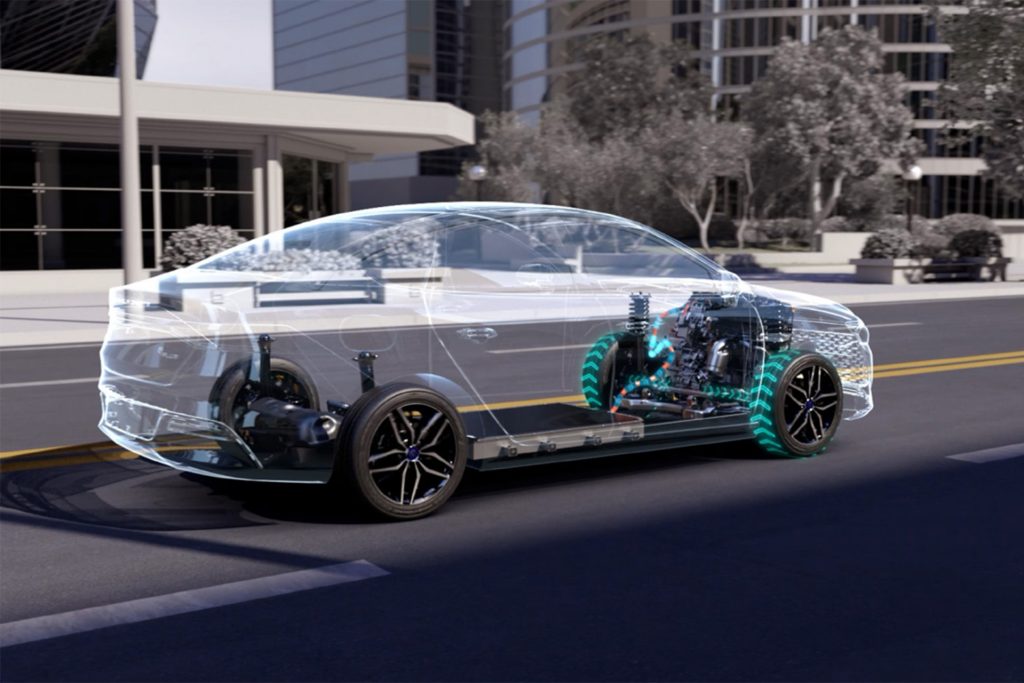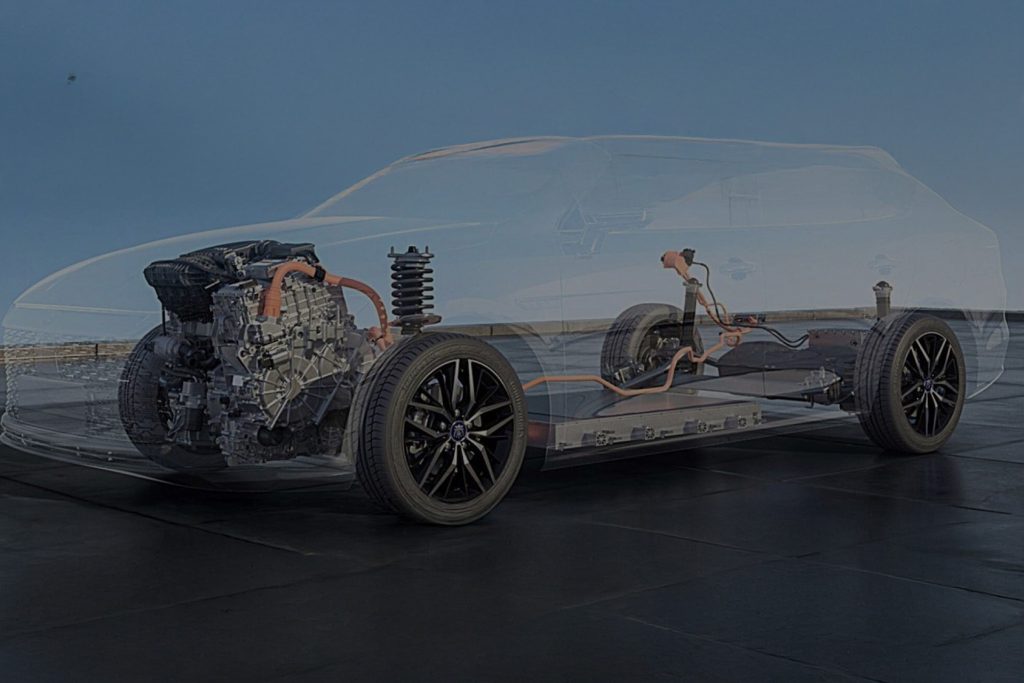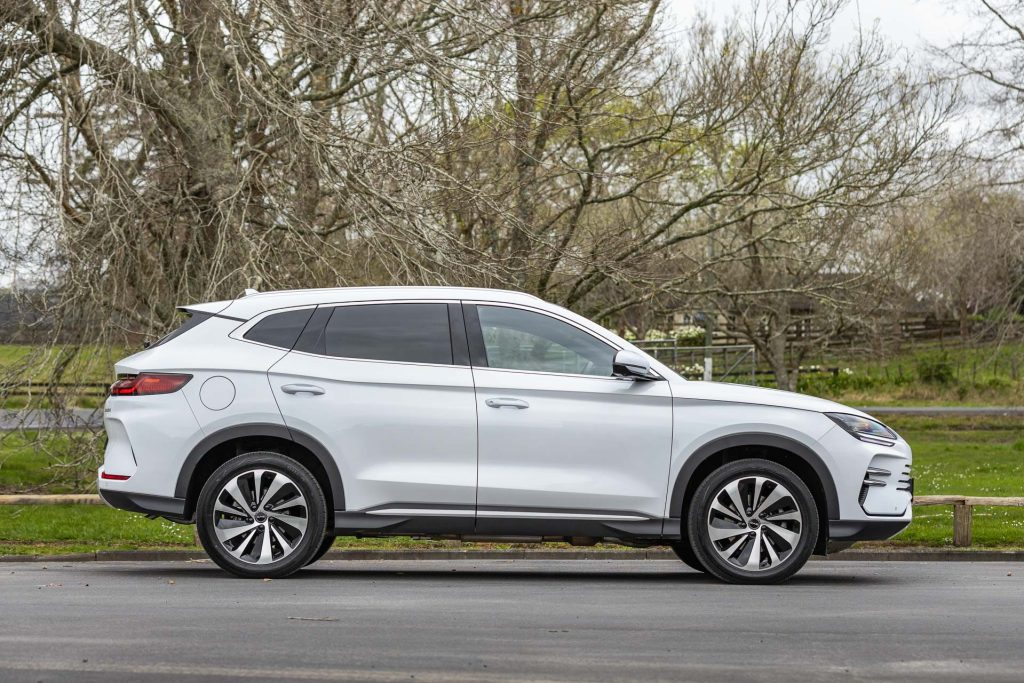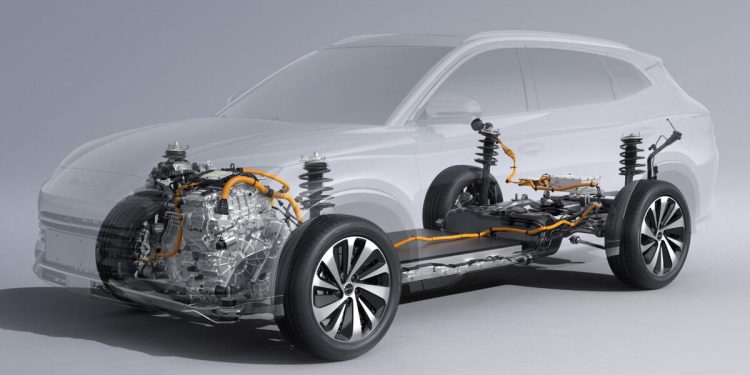BYD says its new PHEVs will outperform range extenders
Words NZ Autocar | Images BYD
BYD is priming a range of new plug-in hybrids with around 200km of electric-only range.

They will also be capable of rapid charging at speeds of more than 150kW.
And they’re coming within the next 12 to 24 months, badged as DM-i variants.
Long range PHEVs are becoming the next big thing in China which seems committed to exporting its popular sellers.
To date, not many PHEVs can exceed even 100km of EV range. In the UK, for example, the most range offered by any PHEV is Volkswagen’s Golf eHybrid. That manages 141km while the best from BYD is 123km. And that is offered by the Seal U (Sealion 6 here) which can be charged at only 18kW.
BYD’s executive vice-president, Stella Li, says: “Our target is really to have people in daily use using the EV [mode], but then if they want long distance, given a chance to charge, they have the freedom to go to anything.”

The current DM-i system combines BYD’s Blade Battery technology with a petrol engine designed specifically for PHEV use. BYD says it offers particularly high levels of thermal efficiency.
The firm also reckons “PHEV has become the new battleground” for manufacturers. That’s “because everybody is shooting for a revision of the so-called green deal that will open up markets beyond 2035”.
And the company states: “we truly don’t see anybody having technology close to the DM-i”.

A spokesperson said: “If you have just 35-45km of range as an EV, you’re fundamentally an internal combustion engine with a plug,” he said. “That’s the reason why a lot of manufacturers are now trying to come closer to our plug-in hybrid technology with the range-extender.”
Others looking to profit from improved PHEV performance include Ford, Leapmotor, Lotus and Volkswagen. But range-extender (REx) cars are increasingly popular in China. They feature an on-board energy generator in the form of a small petrol combustion engine.
Read the NZ Autocar review of BYD’s Sealion 6 Premium.
Leapmotor’s overseas head recently said that REx cars are a “good interim solution” for Europe and better than PHEVs. That’s because the propulsion is always handled by an electric motor. And that means that “the engine is always operating in the most efficient way”.
However, BYD counters, saying that PHEVs are “definitely superior” than REx cars. That’s because “you can have three different ways of using the car; it’s your decision, depending on how much power you need from the engine, [whereas] the REx is always behaving in one way”.





